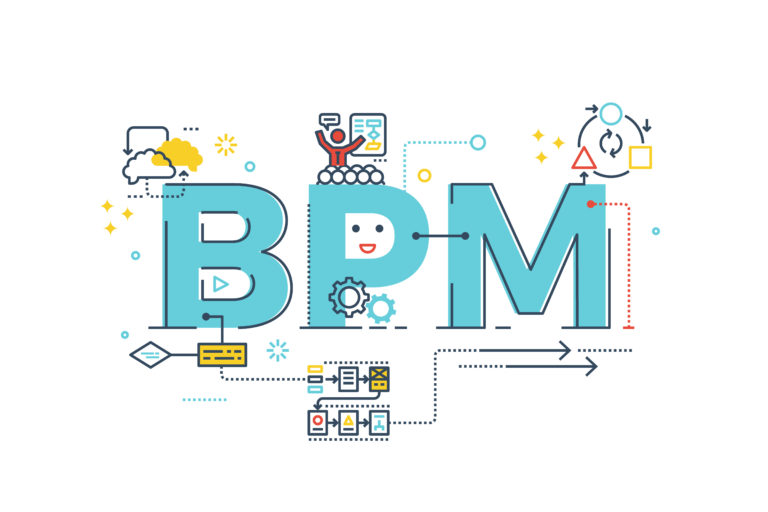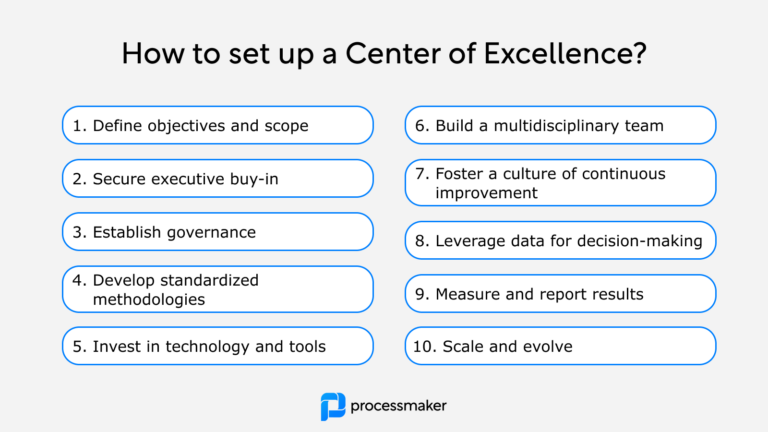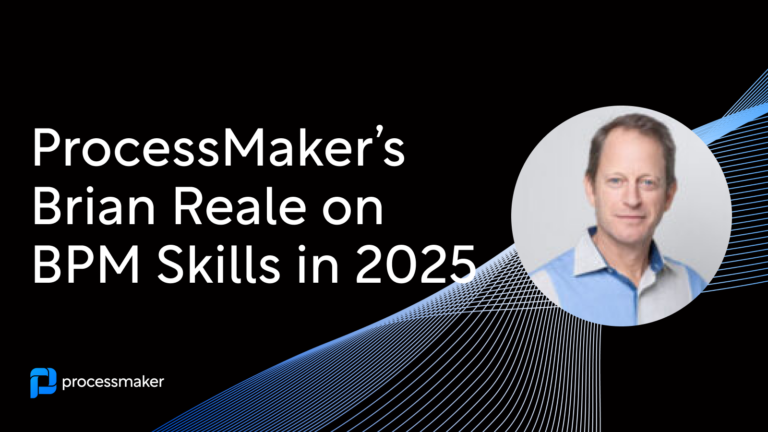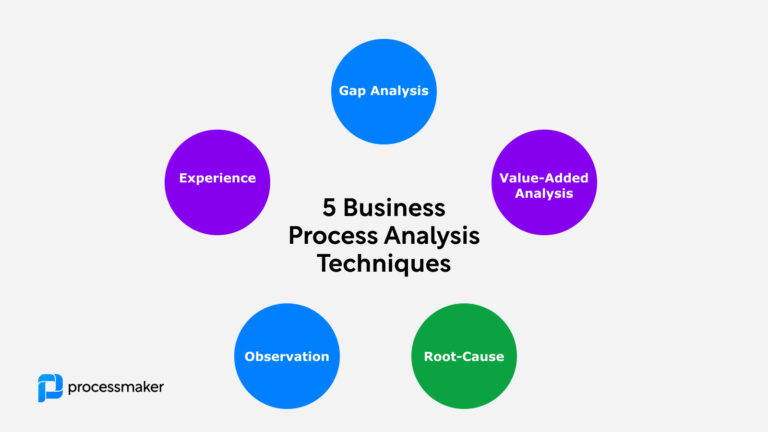Business process management or BPM software has allowed organizations in every vertical, industry, and sector to automate manual processes, reduce error rates, cut expenses, and improve revenues. When business managers learn about the positive results others have experienced by using BPM software, many of them want in on it.
 The great thing about BPM is that it is flexible enough to work in businesses of all sizes, but there’s a danger of thinking that BPM software alone can solve business problems. In fact, there are a number of common mistakes companies make with BPM software, but all are avoidable. Here are 5 of them.
The great thing about BPM is that it is flexible enough to work in businesses of all sizes, but there’s a danger of thinking that BPM software alone can solve business problems. In fact, there are a number of common mistakes companies make with BPM software, but all are avoidable. Here are 5 of them.
1. Treating BPM as a Project Rather than a Way of Doing Business
One of the most common mistakes companies make with BPM software is treating BPM like a project and not a comprehensive way of doing things. If you think of BPM as a discrete, self-contained project, or as “an IT project” (a common variation of this mistake), then at best you won’t get maximum results from your efforts, and at worst, you will have wasted time and money. BPM software supports a way of doing business, not just a single initiative.
2. Not Paying Enough Attention to End-User Adoption and Change Management
You may have a terrific BPM software solution, but simply rolling it out and assuming everyone will adopt it is a mistake. When you start using BPM software, though you may only start by automating and optimizing one process, you have to keep the end-users in mind from day one. Change management principles should apply when implementing BPM, so that users are prepared, educated, and encouraged when a BPM initiative goes live.
3. Having Not Enough or Too Many Checks and Balances
If a high-level executive imposes BPM software on the frontline workers without consulting other department heads, employees, and stakeholders, BPM can be a waste of time. Conversely, when a BPM software implementation is constrained by countless sign-offs, checks, and reviews, progress may be excruciatingly slow, bringing productivity to a crawl as well. Executive support and checks and balances must strike a happy equilibrium to maximize BPM success.
4. Lack of Agreement on Roles and Responsibilities
 When participants’ tasks and responsibilities aren’t clearly defined, you can expect confusion and miscommunication. With your BPM software implementation, you need to agree on what people’s roles are, to whom they are accountable, and how progress is to be measured. Only then will you have the level of definition and accountability necessary to keep people on track and to measure progress in a meaningful manner.
When participants’ tasks and responsibilities aren’t clearly defined, you can expect confusion and miscommunication. With your BPM software implementation, you need to agree on what people’s roles are, to whom they are accountable, and how progress is to be measured. Only then will you have the level of definition and accountability necessary to keep people on track and to measure progress in a meaningful manner.
5. Not Bothering to Review Your BPM Implementation‘s Effectiveness
Speaking of measuring progress, BPM isn’t a once-and-done event. While you shouldn’t be constantly fiddling with your BPM implementation, you do have to review the results you get and size up where you’ve succeeded and where you’ve fallen short. BPM software and continual improvement go together, so regular review of results is necessary, along with a certain amount of fine-tuning along the way.
Conclusion
BPM software can make an appreciable difference in a single process or a workflow made up of multiple processes. But simply thinking that deploying BPM software will solve problems is a mistake. BPM is more than just a project – it’s a way of doing business, and it can significantly affect the day-to-day work of end-users, so they must be considered at every step. Defining roles, and measuring progress once an initiative goes live are also essential to successful BPM.
ProcessMaker is BPM software that’s open-source and that comes with an impressive array of built-in tools. There’s also an active user community around ProcessMaker, and because it’s open-source, it can be meticulously customized to a specific process or workflow no matter the industry. We encourage you to try out the ProcessMaker Enterprise Edition for free or download the Community Edition of ProcessMaker. With the power of ProcessMaker BPM software in your hands, you have the ability to improve or even transform how you do business, to the benefit of all the stakeholders, including your customers.





